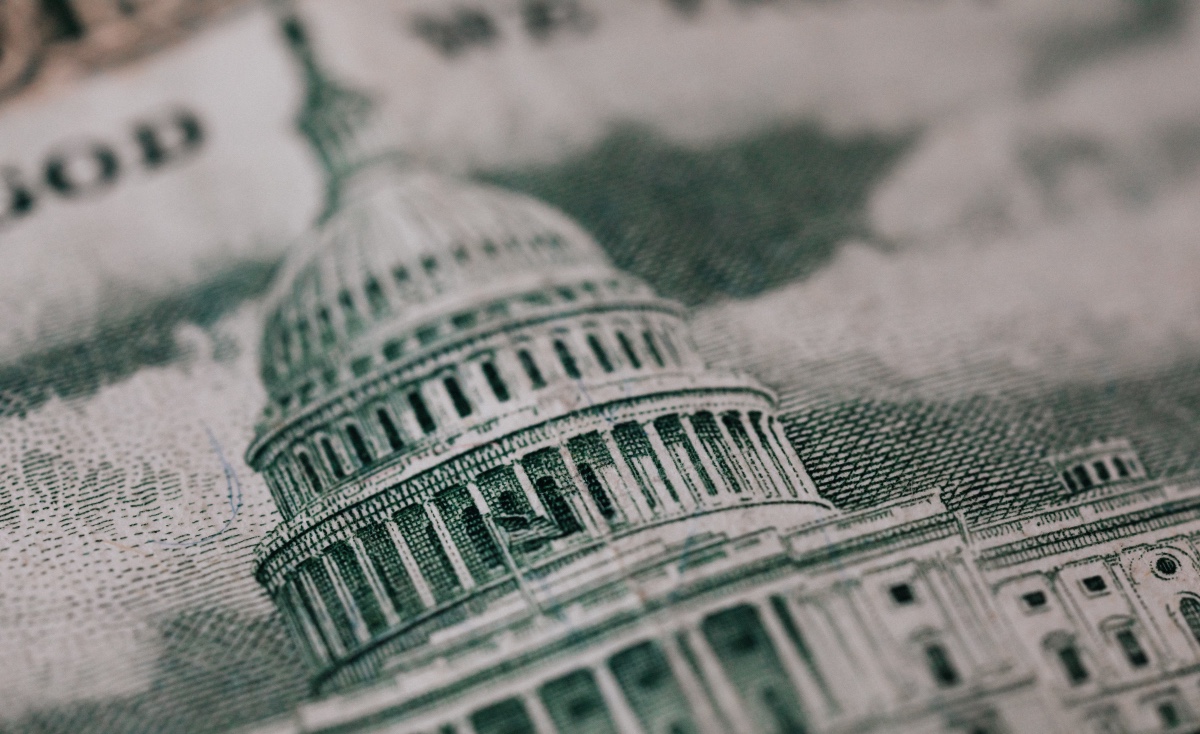Investments–Sitting Still
By Bob Wood, MMNS
From time to time I like to look back on what I have advocated in this space to see if what I wrote has held up over time. Too often we hear a promoter in the financial media giving what sounds like smart advice, not remembering the dreadful advice offered in past months or years. I think accountability should be considered before acting on anyone’s advice, but it seems of little or no concern to too many.
What is somewhat amusing is how many bullish types assure us that the bottom is near in housing or the subprime mortgage debacle, while having assured us there was little to worry about in past years. They didn’t see it coming, denied it all along as it unfolded, and now offer advice that the bottom is near?
Much the same can be said for those same bullish types who have consistently recommended that domestic stocks be bought, while the markets here have just ended one of their worst ten year periods in modern times. Oh, and they kept telling us that inflation was not going to be a problem (last week we got the highest inflation reading in the Producer Price Index in 27 years).
Lastly, Morningstar just issued a report saying that of the 2,100 or so diversified mutual funds that it tracks, only 17 are in positive territory over the past 12 months, adding reason to doubt what so many managers have advocated in recent months.
I am sure that at least one of you is wondering whether I am in positive territory over that time period. In fact, the model account here is positive over the past year, though I remain fuzzy on how much I can disclose regarding past performance without getting a concerned phone call from my compliance advisor.
The main theme of the past few years has been to stay away from the domestic stock market and allocate instead to international and emerging markets. I think it is rather obvious that staying away from the domestic markets was the right call. And while the S&P 500 is down about 12% YTD as I write this at the end of August, remember that the index dropped about 10% in 2000, on its way to a much lower level in late 2002. Bullish prognostications were rampant in 2000 if you remember back that far.
As of late, some of the international and emerging markets have dropped a lot. One thing to keep in mind is that the economic fundamentals of many of those markets remain far stronger than what we see at home. Also remember that while those indices have fallen, they rose dramatically higher than the domestic markets over the past few years so investors are still well ahead of the game.
In my managed accounts I did hedge my exposure to those holdings and scaled back on those positions that had run so high that their valuations went higher than what seemed justified, so the damage was limited.
I advocated in past issues that I foresaw decoupling, where the domestic economy appeared vulnerable and stock valuations were simply too high to justify even if the economy here were truly in a “Goldilocks†state as was offered so often in the past, and still is by that overt promoter on CNBC. I predicted that international economies and markets would roll right along, and reward investors who remained patient.
Many astute observers have confidently debunked my idea based on what has been seen in the past few months as other economies have cooled and their stock markets have fallen along with ours here in the U.S. I think that anyone who doubts the decoupling theme has simply jumped the gun. I don’t believe that all stock markets will go there own way every day or every month.
I have a lot longer time horizon than so many others today, and am sure that over the next five to ten years, other emerging economies truly will have decoupled from ours, relying on sounder economic policies, export growth and internal consumption. It isn’t going to happen overnight, but I remain firmly convinced that it will.
Helping my assertion is that the average P/E for emerging markets are again lower than the domestic markets, and in some cases, far lower, offering better buying prices. Adding to those better valuations are stronger underlying fundamentals. I stand by my decoupling theme.
Two areas that are inflicting pain in my accounts now are two of my favorite long term sectors, energy and precious metals. I am so strongly positive on those sectors that I remained invested in them when oil was selling at almost $150 a barrel and was due for a fall after doubling in price over the preceding year.
What kept me holding energy shares was looking at the charts for the energy stocks in general and seeing that they hadn’t gone up in price nearly as much as the prices of oil and natural gas. Many of the strongest companies were selling at single digit earnings multiples and the long term fundamentals for oil and gas supply and demand look resilient to say the least. Sometimes you just have to ride it out through the inevitable downturns. Nothing goes up or down in a nice, smooth line. The secular bull market in energy looks well intact.
What has inflicted some pain in recent weeks is the other sector that I chose to remain invested in when the price of the underlying commodity rose to new highs and I chose not to hedge my exposure, the precious metals area. With gold having dropped rapidly in price from just over $1,000 an ounce to just under $800 in a matter of a few short weeks, those holdings took a rather solid beating.
Why gold prices would fall so dramatically in the face of underlying fundamentals that get better with each passing month can only be attributed to the overwhelming percentage of money invested according to short term performance goals. Another theory has to do with hedge funds that made aggressive bets on one thing or another, got caught on the wrong side of things and were forced to sell their stronger holdings in an effort to raise cash to meet redemption orders.
I have always advocated that investors seek out secular bull markets to allocate funds into. The long running bull markets in energy and gold seem well intact still, though all long running bull markets will suffer corrections from time to time. Those corrections can be sharp and have always managed to chase too many investors out of the best places to stay invested.
The fall in commodity prices reflects the rapidly rising value of the dollar in relation to other currencies, something the bulls are suggesting is a trend that will prove resilient. I beg to differ, noting that the dollar has been losing value for about 95 years and along the way saw other corrections to the upside, all of which failed. This one will too.
The hardest thing for many investors to do is to remain patient while those long term trends play out. Sitting and doing nothing is almost always the best thing an investor can do, though so many cannot get themselves to do just that.
I think it’s pretty easy to point the finger at Wall Street and their incessant calls to buy this or sell that. The opening bell at the major exchanges is referred to as “the start of trading,†and too many investors have been convinced that doing something is better than doing nothing.
Since I always look for secular bull markets, making changes is not a high priority. The hard part is sticking with your convictions when the markets turn against you. But remember back to when you first decided to take a position in whatever sector you like the most. If nothing has changed in terms of the underlying fundamentals, don’t allow yourself to get spooked out of your best holdings at just the worst time to do so.
The markets have an uncanny way of doing that to too many investors. Learn to sit patiently and ride along with the trend. Pay heed to the size of your exposure in relation to your overall account size and don’t be afraid to scale back on your positions when they get to be far larger than you originally intended. Secular bull markets are the stuff of investor dreams. But nobody ever said they would be easy to ride.
Have a great week.
Bob
Bob Wood ChFC, CLU Yusuf Kadiwala. Registered Investment Advisors, KMA, Inc., invest@muslimobserver.com.













2008
811 views
views
0
comments